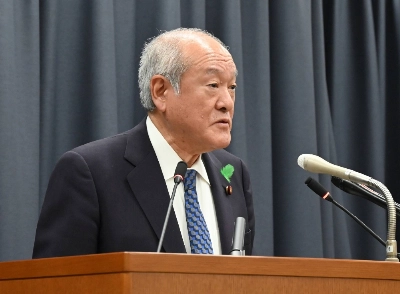The yen swung in holiday-thinned market conditions, punching through ¥160 per dollar to touch its weakest in 34 years before erasing all its losses for the day and rebounding strongly.
The Japanese currency dropped to ¥160.245 per dollar on Monday before heading into the other direction to ¥155.01. Trade sources said Japanese banks were seen selling dollars for yen.
The moves, which took place amid thin liquidity due to a local public holiday, are a sign of nervous traders juggling the prospects of official intervention with the risks of hawkish comments by the Federal Reserve later this week.



















With your current subscription plan you can comment on stories. However, before writing your first comment, please create a display name in the Profile section of your subscriber account page.